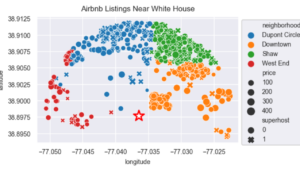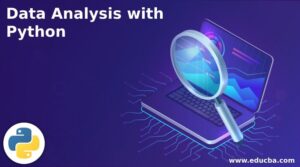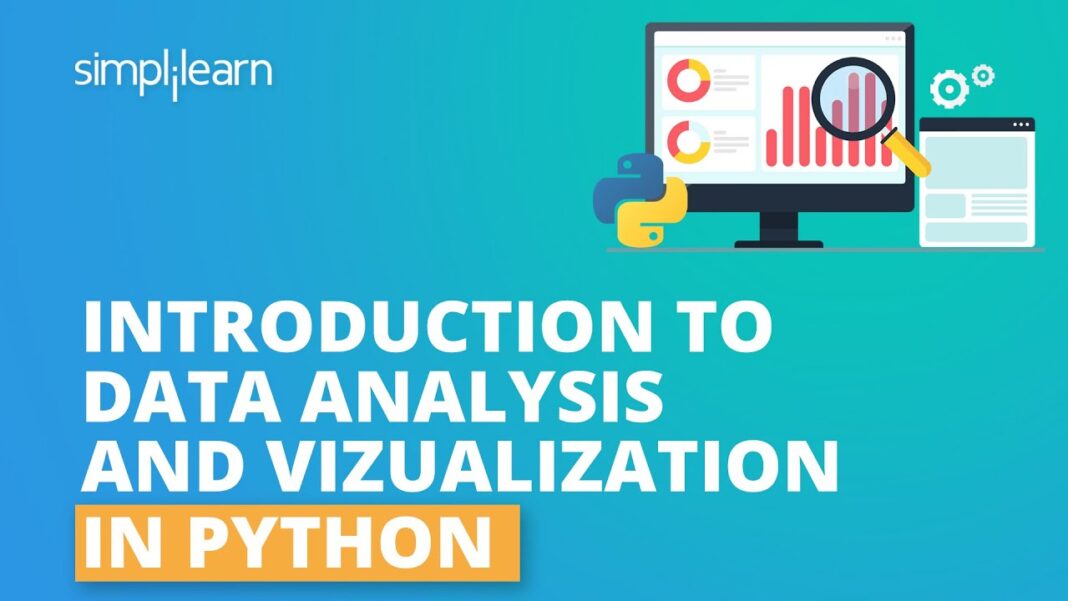
In the ever-evolving landscape of data science and analytics, Python continues to stand out as a premier tool for statistical analysis. As we move into 2024, the advancements in Python libraries and methodologies offer new possibilities for statisticians and data analysts. This article delves into the latest tools and methods for statistical analysis with Python, ensuring you stay at the forefront of this dynamic field.
1. Introduction to Statistical Analysis in Python
Statistical analysis involves interpreting data to make informed decisions. Python, known for its simplicity and power, has become a go-to language for this purpose. Its extensive libraries facilitate a wide range of statistical tasks, from basic descriptive statistics to complex inferential methods.
2. Key Python Libraries for Statistical Analysis
a. Pandas
Pandas remains a cornerstone for data manipulation and analysis. Its DataFrame object simplifies handling and analyzing data, providing functions for summary statistics, data cleaning, and preprocessing. In 2024, the latest Pandas version introduces enhanced performance and additional functionality for large datasets.
b. NumPy
NumPy is essential for numerical operations in Python. It provides support for large, multi-dimensional arrays and matrices, along with a collection of mathematical functions to operate on these arrays. NumPy’s array operations are optimized for speed and efficiency, crucial for statistical calculations.
c. SciPy
SciPy builds on NumPy by providing additional modules for optimization, integration, interpolation, eigenvalue problems, and other advanced mathematical functions. Its scipy.stats module is particularly valuable for performing statistical tests and probability distributions.
d. Statsmodels
Statsmodels offers a comprehensive suite of statistical models and tests. It supports linear and non-linear models, time-series analysis, and hypothesis testing. The latest version includes improved support for Bayesian statistics and advanced econometric models.
e. scikit-learn
While primarily known for machine learning, scikit-learn also provides robust tools for statistical analysis. It includes functions for dimensionality reduction, model selection, and statistical evaluation metrics.
3. New Methods and Techniques in 2024
a. Bayesian Statistics
Bayesian methods have gained prominence for their flexibility and ability to incorporate prior knowledge. The PyMC3 library, with its user-friendly interface and support for complex models, remains a leading choice for Bayesian analysis.
b. Machine Learning Integration
Integrating machine learning techniques with statistical analysis has become more seamless. Tools like TensorFlow and PyTorch now offer enhanced support for statistical methods within their frameworks, facilitating advanced analysis and predictive modeling.
c. Automated Machine Learning (AutoML)
AutoML frameworks like H2O.ai and Google AutoML streamline the process of model selection and hyperparameter tuning, making it easier to perform statistical analysis without deep expertise in machine learning algorithms.
d. Enhanced Data Visualization
Visualization tools have evolved to support complex statistical analyses. Libraries such as Seaborn and Plotly offer interactive and aesthetically pleasing charts that help in understanding statistical data and patterns.
4. Practical Applications and Case Studies
a. Financial Analysis
In finance, statistical analysis is crucial for risk assessment, portfolio optimization, and forecasting. Python libraries like QuantLib and backtrader provide specialized tools for financial data analysis and trading strategy development.
b. Healthcare and Biostatistics
Python’s statistical tools are increasingly applied in healthcare research for clinical trials, epidemiological studies, and genetic research. Libraries such as Lifelines and Biopython are tailored for these applications.
c. Marketing and Customer Analytics
For marketing, Python’s statistical capabilities assist in customer segmentation, campaign analysis, and sales forecasting. Tools like scikit-learn and Statsmodels enable in-depth analysis of customer behavior and marketing effectiveness.
5. Best Practices for Statistical Analysis with Python
a. Data Preprocessing
Ensure your data is clean and well-organized before performing statistical analysis. Use Pandas for data cleaning and preparation to avoid errors and improve the accuracy of your results.
b. Model Validation
Always validate your statistical models using techniques like cross-validation and bootstrapping. This ensures that your results are reliable and not due to overfitting.
c. Interpretation and Reporting
Accurate interpretation of statistical results is crucial. Use visualization tools to present your findings clearly and effectively. Tools like Matplotlib and Seaborn can help in creating insightful graphs and charts.
d. Stay Updated
The field of statistical analysis is rapidly evolving. Keep abreast of the latest developments in Python libraries and methodologies by following relevant research papers, online courses, and community forums.
6. Conclusion
Mastering statistical analysis with Python requires familiarity with the latest tools and techniques. As we advance into 2024, the continuous improvement in Python libraries and methodologies opens new doors for statisticians and data analysts. By leveraging these advancements, you can enhance your analytical capabilities and derive more valuable insights from your data.
By incorporating these tools and practices, you’ll be well-equipped to tackle the challenges of modern statistical analysis and stay ahead in the ever-changing data landscape.



